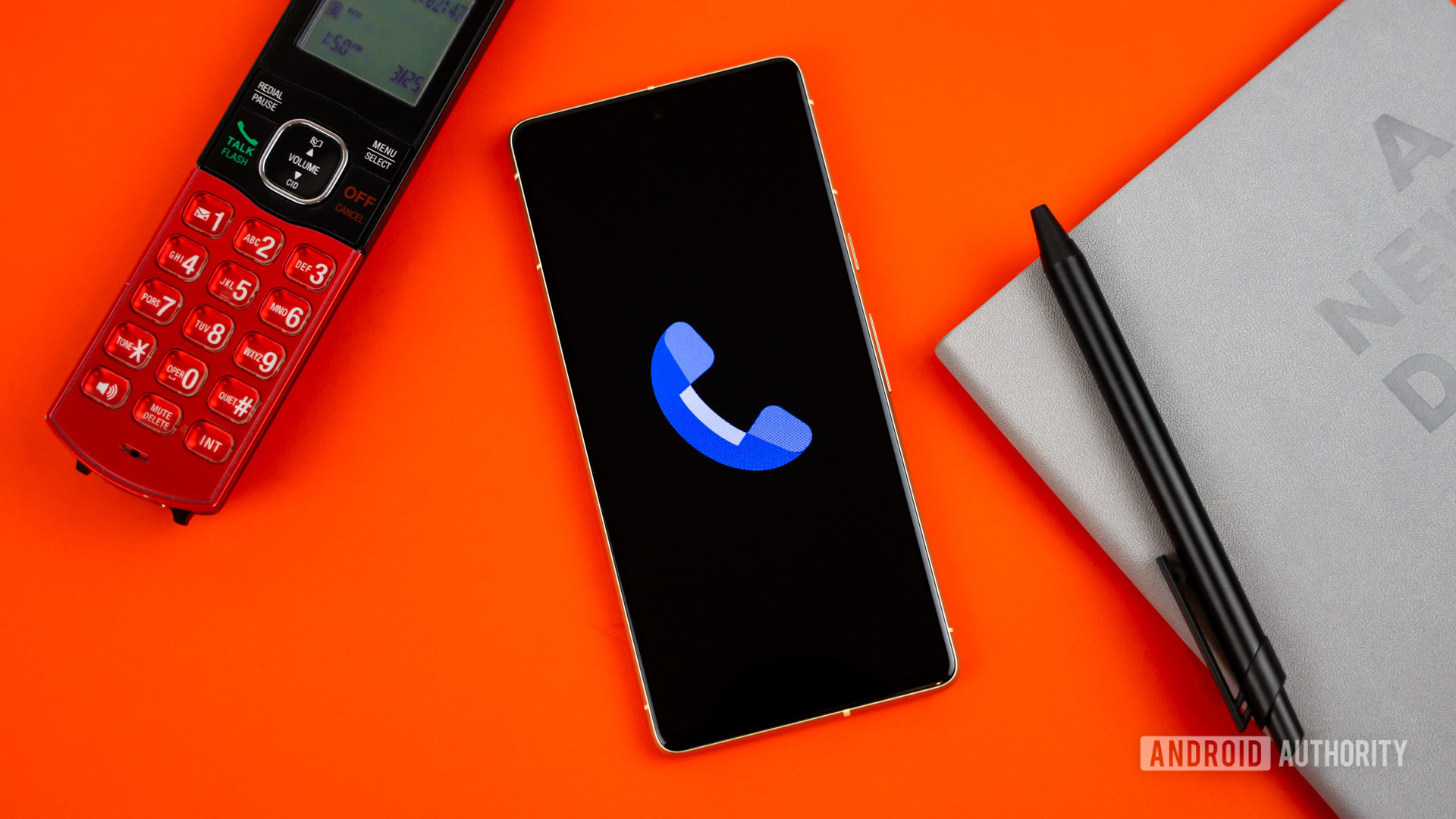
Edgar Cervantes / Android Authority
TL;DR
- T-Mobile reportedly managed to contain a security breach, according to a new report.
- The breach was detected early, and customer data wasn’t accessed by the hackers, sources claimed.
- This comes after T-Mobile was hit by an embarrassing string of data breaches spanning several years.
T-Mobile has had a concerning number of data breaches in recent years, with as many as nine breaches since 2019. However, we’re very surprised to hear that the company may have prevented a breach.
Bloomberg reports (spotted via Android Police) that T-Mobile actually contained a data breach, citing people familiar with the matter. The sources claimed that the hackers gained access to “edge-routing infrastructure” and were able to access a “limited number” of devices, including a T-Mobile-operated router.
T-Mobile was apparently able to detect the hackers’ reconnaissance activity, which aimed to access deeper parts of the network, and shut it down. It’s believed that customer data wasn’t accessed because the breach was detected at an early juncture. Bloomberg‘s sources add that T-Mobile was “highly confident” the method used to access its network was now gone.
Breaking a string of major breaches
The sources couldn’t identify the hackers or confirm when the hack took place, but the news also comes days after T-Mobile revealed it was breached by hackers purportedly linked to the Chinese government.
No organization is impervious to hackers, but we do hope this latest news is a sign of things to come for T-Mobile after years of repeated breaches. The news also comes several weeks after the FCC and T-Mobile reached a $31.5 million settlement regarding these incidents. The carrier will be required to invest half of this money in cybersecurity.
Got a tip? Talk to us! Email our staff at [email protected]. You can stay anonymous or get credit for the info, it's your choice.







 English (US) ·
English (US) ·